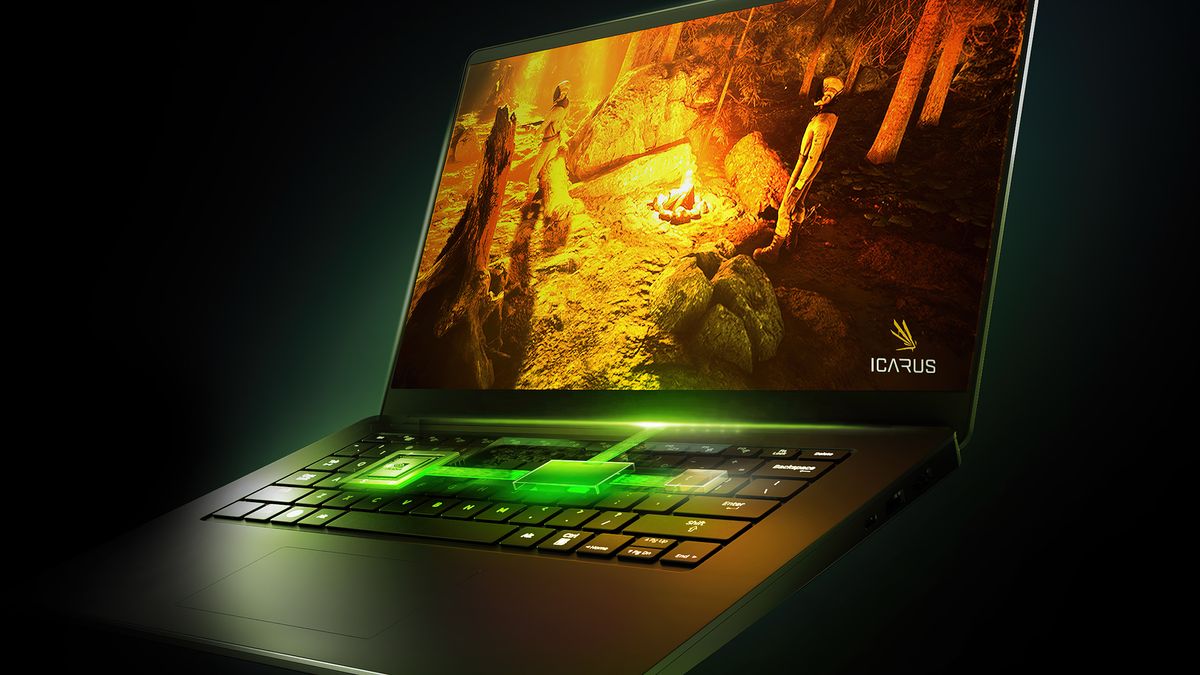Tech Radar
2w
113

Image Credit: Tech Radar
New tests cast a disappointing light on Nvidia’s RTX 5090 laptop GPU, suggesting that at today’s prices, RTX 5080 notebooks are a far better buy
- Recent testing has shown that Nvidia's RTX 5080 laptop GPU performs closely to the RTX 5090 mobile GPU despite the latter being more expensive and having beefier specs.
- Tests revealed that the RTX 5080 maintains frame rates within 10-15% of the RTX 5090, with minimal difference in performance, especially in gaming scenarios.
- The power envelope constraint of 150W on both GPUs is identified as a limiting factor causing the RTX 5090 to underperform despite its higher core count and memory.
- Laptops with RTX 5080 GPUs are considered a better buy than those with RTX 5090 due to the significant price difference and marginal performance gap.
- The RTX 5090's higher cost may not justify its slight performance boost over the RTX 5080, making the latter a more practical choice for gamers considering value for money.
- Concerns over thermal constraints in laptops housing powerful GPUs like the RTX 5090 highlight the trade-offs between performance and portability.
- While the RTX 5090 may offer refined performance in certain aspects, the affordability and comparable performance of RTX 5080 laptops make them a more attractive option.
- The article suggests that demand and pricing may influence the perceived value of RTX 5090 laptops in the future compared to the current market offerings.
- Nvidia's rumored development of more affordable GPUs and innovations like liquid-cooled gaming laptops hint at potential changes in the GPU market landscape.
- Instances of price hikes and stock shortages in relation to Nvidia's RTX 5090 GPUs contribute to the ongoing discussions and frustrations within the gaming community.
Read Full Article
6 Likes
For uninterrupted reading, download the app